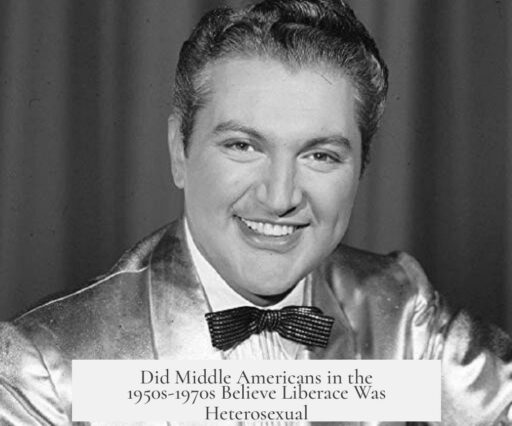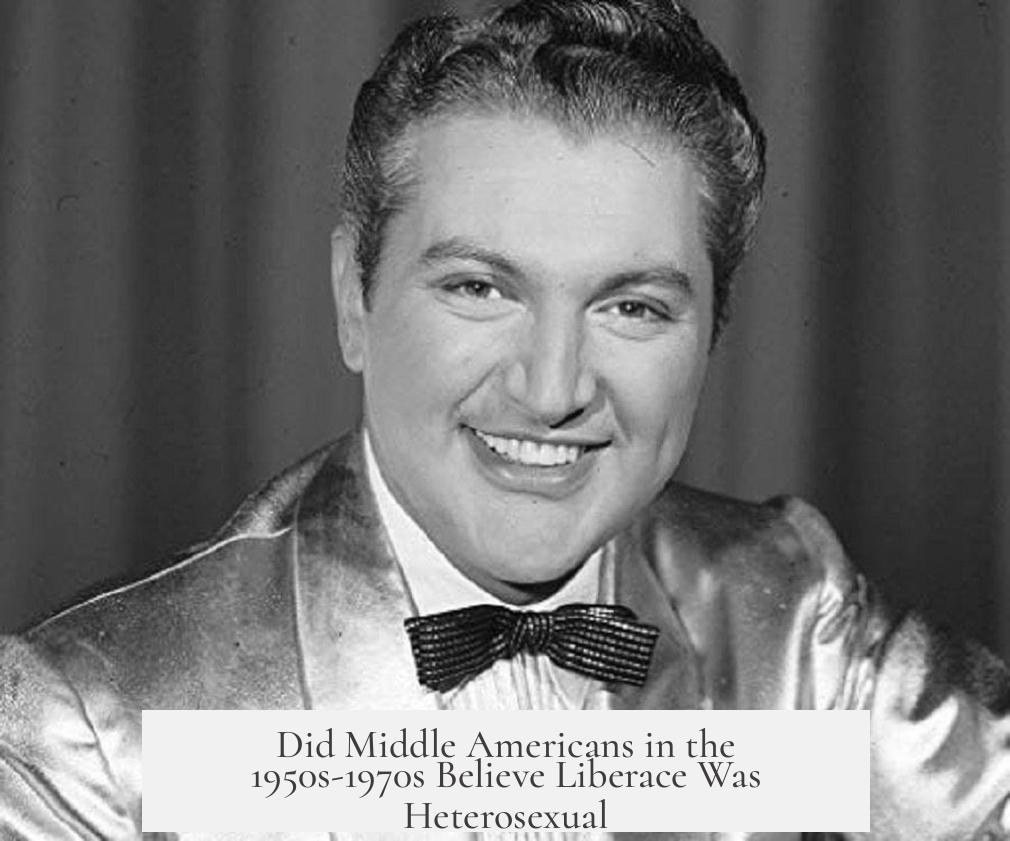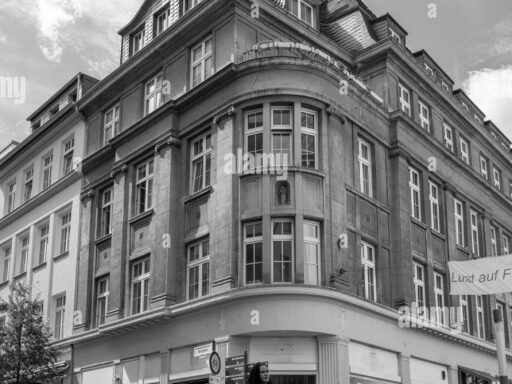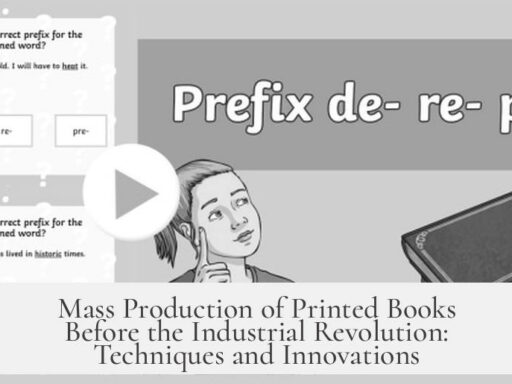People in 1950s-’70s middle America largely did not seriously believe Liberace was straight. Instead, many were aware or suspicious of his homosexuality but accepted his public denials due to social norms and his vigorous legal defense against such claims.
During the mid-20th century, Liberace maintained a carefully crafted public image that avoided any confirmation of his sexuality. He frequently sued those who accused him openly of being homosexual, as when a British tabloid was sued for libel after asserting he was gay. This legal action showed his commitment to denying such allegations publicly, helping preserve his mainstream appeal.
The reality of Liberace’s sexuality functioned as an “open secret.” Within media circles and the entertainment industry, many knew or suspected he was gay. Audiences also registered his flamboyant mannerisms and stage presence as signals, yet no one publicly confirmed it. This tacit acceptance allowed fans to appreciate his talent without confronting uncomfortable social issues.
Middle America at the time held complex attitudes toward homosexuality. People knew homosexual individuals existed, but social and legal strictures condemned homosexual acts as immoral and illegal. This created a tension: acknowledgment of gay existence without open acceptance of homosexual identity or behavior.
- Homosexual acts were criminalized and stigmatized.
- Identifying as gay was equated with moral failing or psychological weakness.
- Religious and conservative values shaped public opinion strongly.
Because of these beliefs, many preferred to ignore or deny the true sexual orientation of public figures like Liberace. His denial and active lawsuits against accusations provided a form of reassurance to a homophobic society. Some people may have accepted his denials sincerely, while many others probably chose denial subconsciously as a way to uphold their own views.
Historical context shows that the concept of sexual orientation differed from current understandings. The idea of being “gay” as an identity was not fully developed in public discourse. Instead, homosexuality was often seen as a behavior linked to moral or psychological failure. Assuming Liberace engaged in homosexual acts was seen as assuming the worst about his character, similar to blaming a person’s temper for abusive behavior without evidence. This mindset contributed to widespread unwillingness to openly label him gay despite strong suspicion.
In later years, Liberace’s health visibly declined. During his final public appearances, some observers noted his deteriorating condition. It was rumored and later confirmed after his death that Liberace suffered from AIDS. His continued denials of being gay until his death appeared to be an effort to maintain his constructed public image, reflecting the social pressures and stigmas he faced.
The combination of Liberace’s flamboyant style, vigorous legal defenses, and the cultural milieu of the 1950s-70s created an environment where many middle Americans tolerated or ignored rumors about his sexuality. They rarely believed he was “straight,” but accepted the public narrative put forth by Liberace himself.
| Aspect | 1950s-’70s Middle America Perspective on Liberace |
|---|---|
| Public Belief | Many suspected homosexuality but publicly accepted denials. |
| Legal Actions | Libel lawsuits reinforced his denial and public image. |
| Social Tolerance | Homosexuality was known but not openly accepted. |
| Sexual Orientation Understanding | Viewed more as a behavior or moral failing than identity. |
| Media and Entertainment | “Open secret” allowed performance without confronting sexuality. |
- Liberace’s public denials did not convince most people he was straight.
- His lawsuits against labels of homosexuality were critical to preserving his image.
- Many middle Americans ignored or rationalized suspicions due to social stigma.
- The concept of sexual orientation was different; homosexuality was often seen as a moral or psychological issue.
- His health decline and AIDS-related death later confirmed suspicions, but denials persisted until then.
Did People in 1950s-’70s Middle America Really Think Liberace Was Straight?
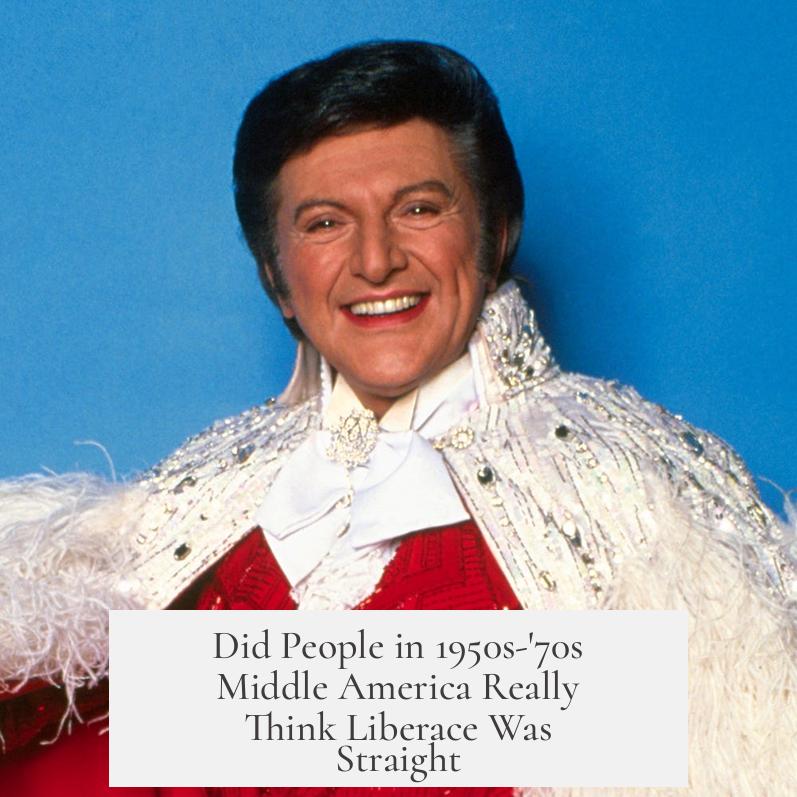
In short: Most people probably didn’t buy the idea that Liberace was straight, but they chose to pretend otherwise or remain silent. It was an “open secret” that few admitted openly, shaped by the era’s social norms and Liberace’s own fierce defense against allegations.
Let’s dive in and unpack how middle America viewed Liberace’s sexuality during his heyday.
First, some context: Liberace was a dazzling, flamboyant pianist whose stage presence brimmed with glitz and glamour. Middle America in the 1950s to 1970s had quite different social attitudes regarding homosexuality—stigmatized, criminalized, and often considered a psychological flaw.
The “Open Secret” in Plain Sight
While Liberace sued anyone openly calling him gay, the rumor mill never fully stopped churning.
He even took the bold step of suing a British tabloid that explicitly labeled him homosexual. This tells us one thing for sure — he fiercely protected his public image.
Yet the media, entertainers, and many audience members knew—or strongly suspected—otherwise. This was a classic “open secret.” One unspoken agreement was: don’t say it out loud, and life goes on. Liberace was embraced more for his dazzling talent than for who he might love.
Think of it as a social game of “don’t ask, don’t tell,” predating the military policy by decades. People bought into the illusion because claiming the truth openly was risky in a society that deemed homosexual acts both immoral and illegal.
Did Middle America Deny the Reality?
Not exactly. Many who weren’t fooled still accepted Liberace’s public denials as comforting reassurance. It gave a nod to their deep-seated prejudices: if someone as flamboyant as Liberace himself insists he’s straight, maybe homosexuality isn’t real or isn’t a lifestyle to be embraced.
Peers in conservative circles often thought that homosexuality resulted from “psychological weakness” or “confused thinking.” So, for these folks, suspecting Liberace was gay but hearing his denials aligned with their narrative and allowed them to keep the status quo.
On the other hand, those “in the know” within the entertainment industry and gay subculture saw him differently. They quietly acknowledged him as one of their own, albeit not publicly.
Liberace’s Fierce Homophobia—Against Being Labeled Gay
Interestingly, Liberace himself fought hard against being labeled homosexual. This wasn’t just a legal or PR strategy. It reflected the era’s brutal homophobia, where admitting one’s sexuality could destroy careers and social standing.
So for many, his denials reaffirmed their beliefs rather than challenged them. To believe a flamboyant man like Liberace was straight served as a psychological crutch for those uncomfortable with or fearful of homosexuality.
The Gay Community’s Perspective
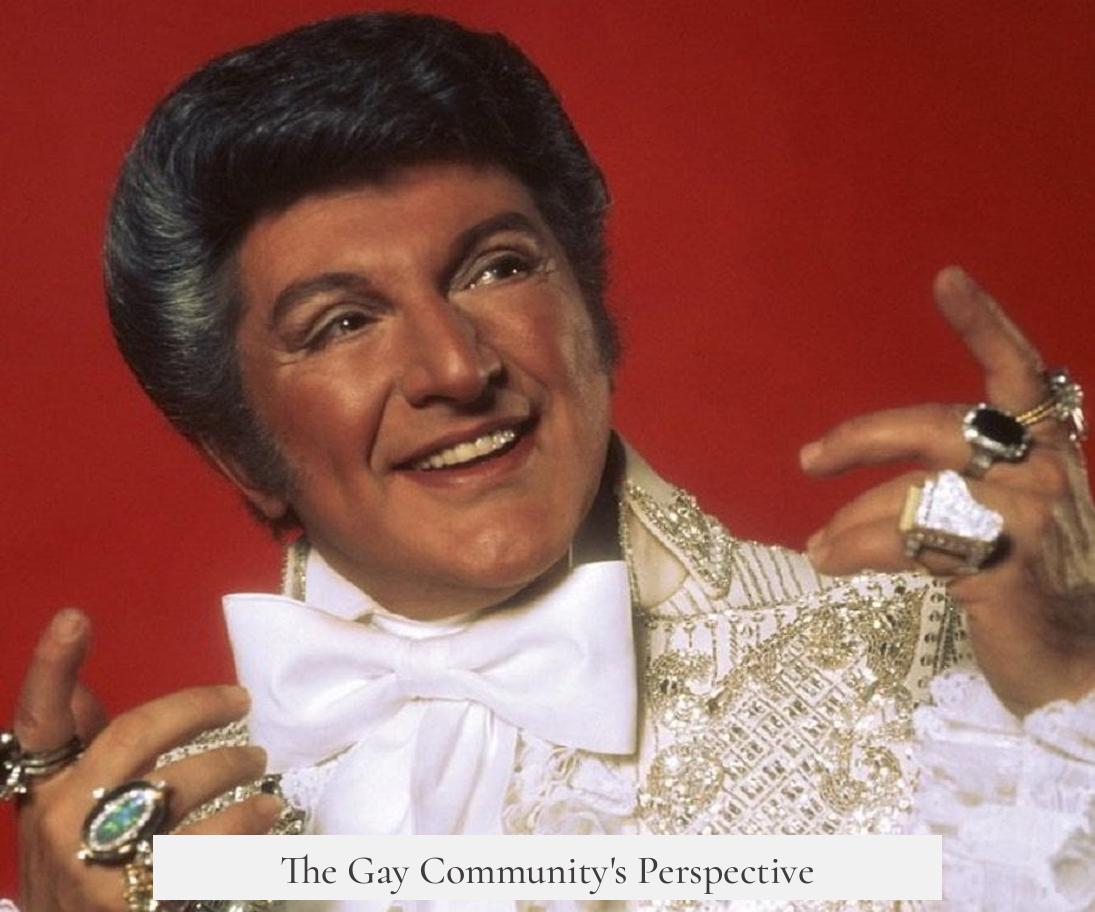
Within the gay community, Liberace was often embraced as a pioneer figure. Elton John, for example, famously admired him and admitted trying—and failing—to out-flamboyantly Liberace on stage.
This admiration highlights an intriguing paradox: Liberace was arguably a gay icon on stage, but in public conversations, his sexuality was taboo.
Later Life and Tragic Denials
In his final years, Liberace publicly maintained his straight persona. A memorable moment came when he announced on the Phil Donahue Show the 50th anniversary of losing his virginity—emphasizing heterosexual milestones in a bizarre, almost desperate manner.
Around this time, rumors swirled about his health. His deterioration sparked speculation about AIDS, a diagnosis that was quickly confirmed after his death. For many observers, this was a heartbreaking symbol of the impossible position closeted public figures were in.
Liberace’s final efforts to sustain a “straight image” underscore the powerful stigma of his era. They reflect the harsh consequences faced by those who lived openly as LGBTQ+ people.
Where Are We Now? A Modern Parallel
Fast forward to today. Closed closets still exist, even with growing acceptance. Take Zachary Quinto, now openly gay, who for years was a known-but-not-discussed figure in the media.
We continue to wrestle with visibility, acceptance, and the contradictions inherent in public image versus private identity.
A Historical Lens: Understanding Sexuality in Mid-20th Century America
Did people in the ’50s and ’70s even have the modern understanding of “sexual orientation”? Probably not.
Homosexuality was framed more as a “deviant behavior” than an identity, shaped by religious and cultural beliefs. For many, it was a moral failing or psychological problem needing correction.
So it’s no surprise that appearances like Liberace’s left folks confused or in denial. They couldn’t reconcile his charm and artistry with their ingrained prejudices about who was “allowed” to be gay.
What Can We Learn?
The Liberace case offers a rich study in human psychology, societal norms, and the power of public image.
- **People often look the other way to maintain comfortable illusions.**
- **Public figures might fiercely guard private truths in hostile environments.**
- **Society’s understanding of sexuality evolves unevenly over time.**
So, did middle America think Liberace was straight? Many didn’t—but cultural taboo, legal risks, and Liberace’s own denials encouraged them to accept the official story.
In a way, his life’s story prompts us to ask: how many truths do we ignore today for comfort’s sake? And how can we foster honesty while respecting privacy?
One thing is clear: Liberace’s legacy is far more than camp and sparkle. His story reflects decades of struggle with identity, society, and the human need for acceptance.
Did many people in middle America truly believe Liberace was straight during the 1950s-70s?
Most people did not really believe he was straight. They recognized Liberace’s sexuality quietly but chose to ignore it. His public fight against being labeled gay helped maintain a facade amidst widespread homophobia.
Why did Liberace sue people who claimed he was homosexual?
He sued to protect his image and deny homosexuality publicly. At the time, admitting such an identity could ruin a career. Legal actions helped him keep his personal life private and his public image “straight.”
Was there an understanding of sexual orientation in that era like today?
Not exactly. Many viewed homosexual acts as sinful or confused behavior, not as an identity. The concept of sexual orientation as it is known now was not widespread or clear to the general public.
How did societal attitudes affect people suspected of being gay back then?
Being gay was often seen as immoral and illegal. People knew gay individuals existed but did not accept or tolerate openly gay behavior. This pushed many to hide their sexuality, as Liberace did.
Did Liberace’s public denial of being gay reinforce homophobia?
Yes, it likely reassured many who held homophobic views. Seeing a celebrity deny being gay, despite obvious signs, confirmed their biases and allowed them to ignore or dismiss his real orientation.
